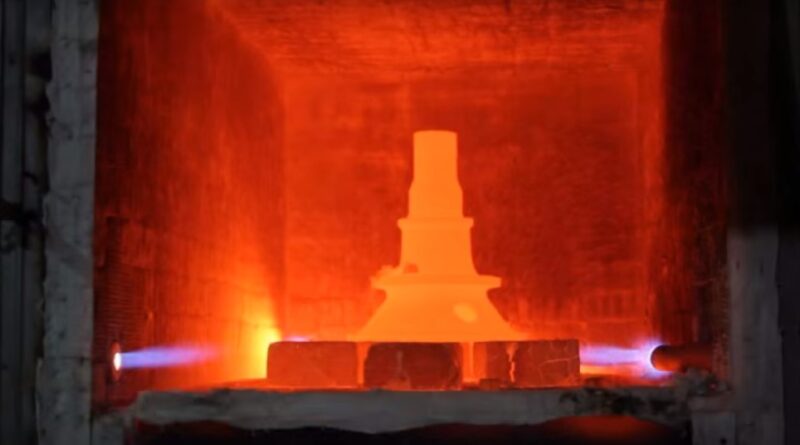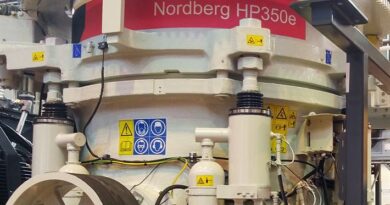Reducing NOx at high-efficiency burners
Conventionally, there has been a trade-off between combustion efficiency and NOx emissions. In order to achieve high efficiency, it is necessary to preheat the combustion air to high temperatures. These high combustion-air preheat temperatures lead to high peak flame temperatures, which are the primary driver in NOx formation. NOx emissions are an exponential function of peak flame temperature, so they tend to increase rapidly with increasing furnace temperature and increasing combustion-air preheat temperature. There are a number of techniques available to help combat this problem.
One such technique is known as air staging. With this technique, a portion of the combustion air is mixed with all of the fuel to generate a partial reaction and release some heat. Then the rest of the combustion air is introduced a bit further downstream to complete the reaction and release some more heat. In this way, the reaction is spread out rather than concentrated at one point. This serves to reduce peak flame temperature and thereby decrease NOx emissions.
High-velocity combustion also serves as a NOx reduction technique. Mixing exhaust gases thoroughly inside the furnace or radiant tube has a temperature averaging effect. Therefore, peak flame temperatures are reduced, and NOx emissions are decreased accordingly.
Likewise, flue-gas recirculation can also serve as a NOx reduction technique. Exhaust gases are very hot but not as hot as a flame. So pulling a portion of the inert exhaust gases back into the flame front actually produces a cooling effect. This effect serves to lower peak flame temperatures and hence NOx emissions.
All of these techniques are quite effective under normal conditions. However, when combustion-air preheat temperatures reach very high levels, as in the case where self-recuperative or (self-) regenerative burners are utilized, the techniques are frequently not enough to reduce NOx emissions to acceptable levels. This problem, of course, becomes even more relevant for furnaces operating at very high temperatures.
Fortunately, a revolutionary combustion technology has been developed to resolve this problem. This technology is known as FLOX® combustion, or FLameless OXidation. With this special technique, fuel and air are mixed with recirculated exhaust gases, and a spontaneous combustion reaction, which produces no visible flame, takes places. By eliminating the flame from the combustion reaction, peak temperatures are reduced dramatically. This suppresses NOx emissions to a fraction of the level achievable with traditional NOx-reduction techniques.
This process only occurs above the auto-ignition temperature, and some safety factor is required. The FLOX transition temperature is typically set at 850°C. Below this temperature, the burner operates in a normal mode of combustion with a flame. Once the FLOX transition temperature is reached, the gas is injected in a fashion that produces a more favorable mixing/recirculation pattern and prevents flame formation and attachment. If the temperature drops below 850°C, the burner automatically reverts to “flame” mode.




